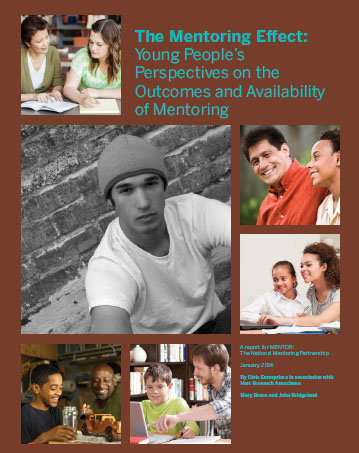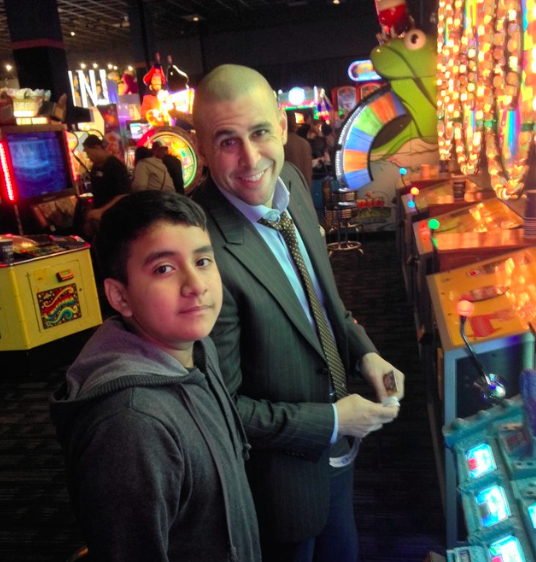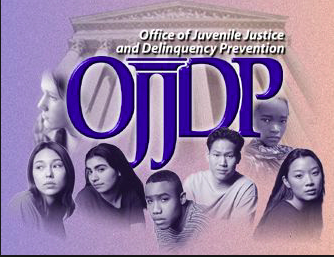For at-risk teens, the benefits of a caring adult last beyond youth

Kory Molina, age 20, is a Honduran immigrant that used to be homeless but now works at the Latin American Youth Center in Washington, DC. Photo by Linda Davidson/The Washington Post via Getty Images
By Brett Theodos, Reprinted from the Urban Institute
Youth who are disconnected from school and work may lack social networks that connect them to support and community resources and are vulnerable to negative outcomes as they transition to adulthood. Many efforts have been made to improve the education, employment, and behavioral outcomes of at-risk youth, but relatively few interventions have taken a holistic approach—and even fewer of these have undergone rigorous testing.
Our recent study looks at one promising model, that of the Latin American Youth Center’s (LAYC) Promotor Pathway program. Based on the theory that a long-term, positive relationship with a “caring adult” is the most important factor in helping youth reach their goals, the program offers youth a “Promotor,” who provides intensive case management, mentorship, and advocacy. The program targets disconnected DC-area youth ages 16 to 24, with a specific focus on immigrant youth and youth of color from low-income households. Promotores are paid, full-time positions, but unlike other case managers, Promotores are expected to be available to youth at all times and for several years.
For the study, youth were randomly assigned either to a promotor or to general LAYC services, such as a GED workshop, a drop-in center, or a reproductive health training. This evaluation tests a “top-up” model, where we compared youth with access to all other LAYC services with those who have access to services and access to a promotor. The study assesses whether the program improved outcomes after 18 months.
Key findings include the following:
- Engagement with Promotores was remarkably high, especially considering that this was an optional service delivered to a high-need population of young people. Overall, 94 percent of youth assigned to the treatment group (“treatment youth”) met or spoke at least once with their Promotor. Half of all youth had 45 or more contacts with their Promotores during the 18-month study period.
- After beginning work with their Promotor, treatment youth were significantly more likely to enroll in other services and programs, both those provided by LAYC and those provided by an outside service or program. This finding speaks to a Promotor’s responsibility as a source of referrals, not simply as a sole service provider.
- Looking at education outcomes, the share of treatment youth being enrolled in school was 14 percentage points higher than their peers in the control group. However, we saw no gains for treatment youth relative to the control group in high school degree attainment or college attendance.
- We examined four employment outcomes for youth and found no overall impacts.
- Overall, treatment youth were 7 percentage points less likely to have a child during the last year of the study than control youth.
- When examining housing stability, treatment youth were about 6 percentage points less likely to have slept in a shelter during the past six months than control group youth.
- We found no positive effects on substance use or on violence and delinquency.
- Treatment youth were 9 percentage points more likely to say they had a special adult in their life, but the program had no measurable impact on youth’s social circles.
LAYC’s Promotor Pathway program fills a void in the lives of high-need at-risk youth. The structure of the program allows youth to develop a rapport with their Promotor and facilitates the trust required for such a position to have a long-term impact.
While vulnerable youth are at greater risk of experiencing negative outcomes as they transition to adulthood, the evidence base about what works remains relatively small. This study contributes to what is known about the effects of a high-touch, caring adult model for outcomes relating to education, employment, and healthy behaviors—and in that way this program provides a model for other interventions to consider adapting.
To access the resource, please click here.









